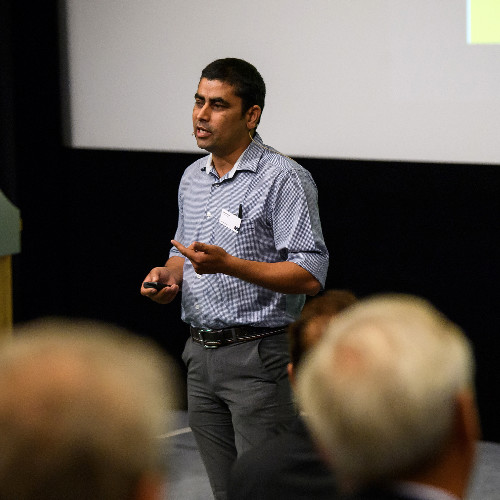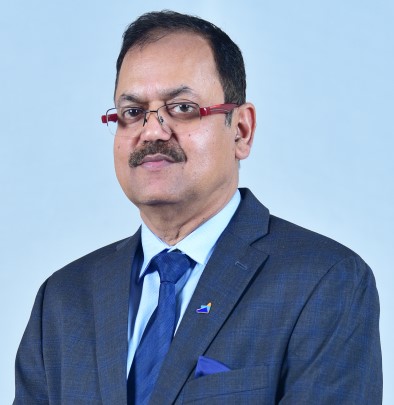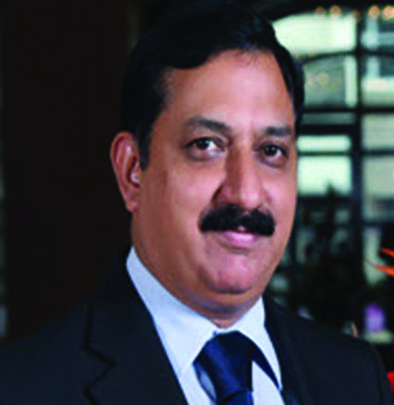PAHAL – from “Discard” to Cherished Success
by Lokesh Singh, Manoj Sharma and Mukesh Sadana
Aug 8, 2015
1 min
India is a social welfare state. Rs. 2,700 billion (US$43 billion) have been allocated for subsidies in FY 2015-16. The enormous scale and the sheer number of people involved in the logistics of ferrying food grains, cooking gas and a host of other commodities across the country leads to “leakages”.To achieve the dual objectives of: […]
India is a social welfare state. Rs. 2,700 billion (US$43 billion) have been allocated for subsidies in FY 2015-16. The enormous scale and the sheer number of people involved in the logistics of ferrying food grains, cooking gas and a host of other commodities across the country leads to “leakages”.To achieve the dual objectives of: i) limiting subsidy outlay through de-duplication; and ii) achieving efficiency in payment transfers, the Government of India announced its ambitious “Direct Benefit Transfer” programme on 1st January 2013. The current government decided to re-launch the programme with slight changes. DBTL in its modified form, called the “Modified DBTL (MDBTL)” – more popularly known as PAHAL, was launched on 15th November 2014. Given MicroSave’s experience in direct benefit transfers, it was a natural outcome that MicroSave was the partner of the Ministry of Petroleum and Natural Gas (M0PNG) as the latter re-launched and rolled-out MDBTL. Basis huge success of PAHAL, the government has a template that it is eager to replicate. We hope, and expect to see the successful roll out of DBT for other G2P programmes.
 by
by  Aug 8, 2015
Aug 8, 2015 1 min
1 min


Leave comments